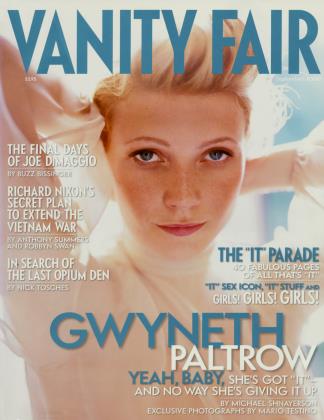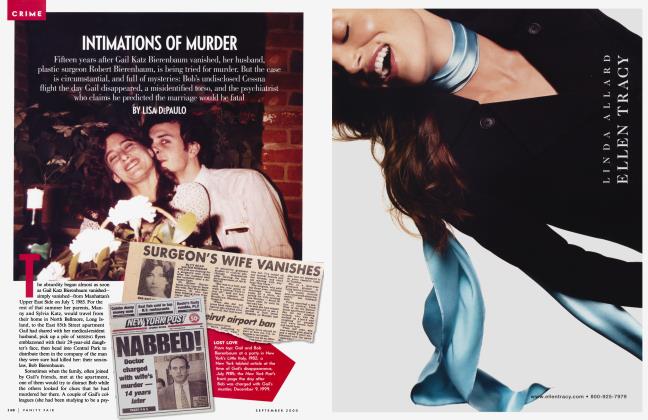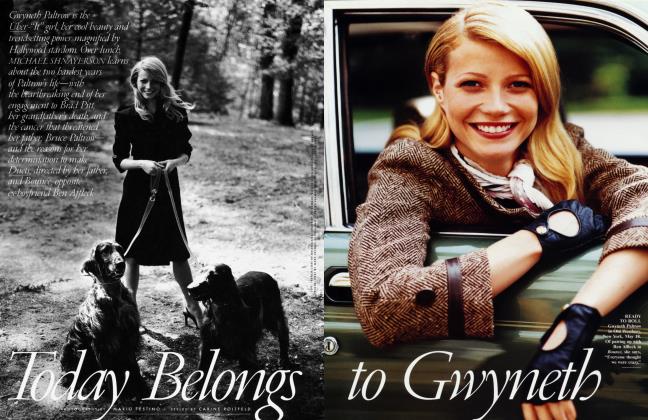Sign In to Your Account
Subscribers have complete access to the archive.
Sign In Not a Subscriber?Join NowIt is a given that great-looking people have an easier time in life than do those with quotidian appearances. Great-looking people deny this, of course.
September 2000 Graydon CarterIt is a given that great-looking people have an easier time in life than do those with quotidian appearances. Great-looking people deny this, of course.
September 2000 Graydon CarterIt is a given that great-looking people have an easier time in life than do those with quotidian appearances. Great-looking people deny this, of course. When glorious fortune smiles down upon them, as it seems to do at every step along their rose-strewn paths, they chalk it up to talent, brains, perseverance, all sorts of things—anything but what the rest of us know to be the truth. Which is that in a cruel and unjust world, a world seemingly obsessed by physical beauty and perfection, the utterly gorgeous have been handed the keys to the kingdom.
This month’s package on “It” girls does little to prove otherwise. Love them or hate them, you just can’t ignore the fact that these willowy, blessed creatures, many if not most of them born from money and boldfaced breeding stock, have had “It”-ness coursing through their veins almost from conception. To bone up on your “It”-girl scholarship, try contributing editor Evgenia Peretz’s introduction on page 311, an essential primer on the subject. And the portfolio of today’s crop of “It” girls, beginning on page 328, put together by society editor Kristina Stewart and photographer Michael Thompson, is the very latest in word and image on “It”-girl fabulousness.
Ground zero of Uber-“It”-ness these days would appear to be whatever patch of earth Gwyneth Paltrow is standing upon. You could say she is to “It”-ness what Otis is to elevators, or Gussie Fink-Nottle to newt fanciers. That Paltrow, our cover subject this month, was born into a lovely family, with looks that approximate the gold standard for beauty, and that she happens to be the most promising actress of her generation give her an x factor in “It” calculus that is simply off the charts. Dating Brad Pitt and Ben Affleck didn’t hurt, either.
Pitt and Affleck are “It” guys, of course, the latest in a pantheon that would include such Hollywood icons as Marlon Brando, Orson Welles, James Dean, and Steve McQueen. McQueen, who died at the age of 50 in 1980, was a recurring subject of the famed jazz photographer William Claxton, who caught the star in candid moments during the early 60s. A selection of his photographs of this lean, restless wildcat, and an accompanying essay by James Wolcott, starts on page 346. McQueen’s enduring sex appeal goes beyond “It” to something with a much more lasting shelf life: cool.
 View Full Issue
View Full Issue


















Subscribers have complete access to the archive.
Sign In Not a Subscriber?Join Now